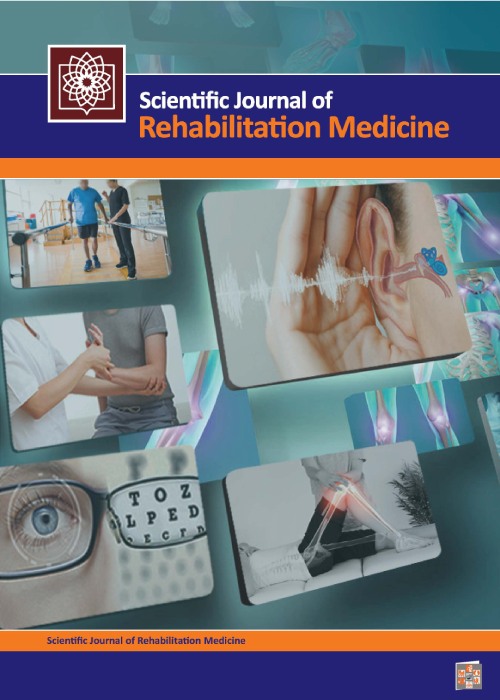Effect of Different Inclinations of Treadmill on Lower Extremity Kinematics during Running in Individuals with Patellofemoral Pain Syndrome (PFPS)
One of the most common injuries experienced by a high percentage of the population is the Patella Femoral Pain Syndrome (PFPS). Also, changes in the kinetics and kinematics may lead to increased loads around Patella joint which eventually results in the patella-femoral pain syndrome. The aim of the present research was to study the angular displacement of knee (KAD) and hip (HAD) joints while running on a treadmill with -5, 0, and +5 slopes in individuals with PFPS.
In the current study, 18 individuals with PFPS (age 23.87±1.47 years old, height 174.22±5.62 cm, and mass 69.18±10.07 kg) and 19 healthy individuals (age 24.47±1.30 years, height 173.78±6.34 cm and mass 74.33±9.41 kg) were recruited. Three-dimensional motion analysis system with six-camera Optoelectronics was used to measure KAD and HAD during a full gait cycle on treadmill. Repeated analysis of variance and independent t-test were used to analyze the data.
The only significant difference observed was in the displacement of the knee angle between the Pattelofemoral pain syndrome and healthy groups at a slope of 5% (P=0.01). There was no significant difference between the mean angular displacement of the hip joint in the group with patellofemoral pain syndrome and healthy group on all the slopes. No significant difference was observed between any of the slopes compared to the mean angular displacement of the knee joint in people with patellar pain syndrome. Also, in comparing the angular displacement of the hip joint in people with patellar pain syndrome, except in -5 and +5% (P=0.001) slopes, there was no significant difference between -5 and 0% and +5 and 0% slopes.
According to the results, running on negative slopes can be considered a risk factor for people with PFPS. Conversely, steep slopes can reduce pressure on the knee joint, and it is recommended that running on positive slopes during exercise and rehabilitation for people with Pathoformal abnormalities be included. So, we can consider this as a general rule that the knee hyper flexion in weight-bearing position is not suitable for individuals with PFPS.
- حق عضویت دریافتی صرف حمایت از نشریات عضو و نگهداری، تکمیل و توسعه مگیران میشود.
- پرداخت حق اشتراک و دانلود مقالات اجازه بازنشر آن در سایر رسانههای چاپی و دیجیتال را به کاربر نمیدهد.


